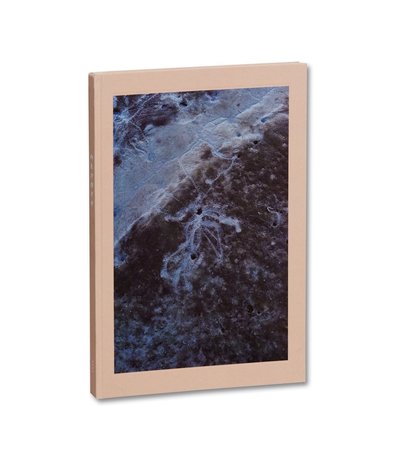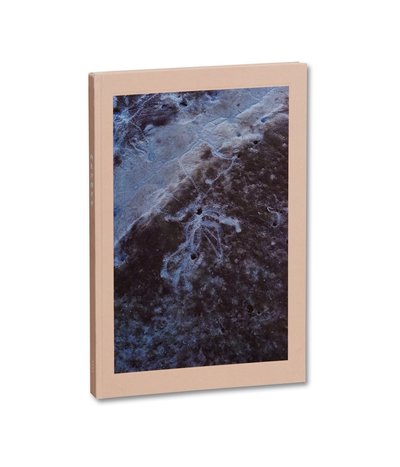€45,00
Inquire about this book
Murder
- Authors: De (auteur) Guillaume Simoneau
- Publishers: MACK BOOKS
- Date of Publication: 2019-08-08
- Pages: 96
- Dimensions: 245mm x 313mm
The genesis of Guillaume Simoneau's new book, Murder, is in the spring
1982. Around the same time Masahisa Fukase produced his masterpiece
post-war Karasu (Ravens), Simoneau's family adopted a nest full of
baby crows orphaned by a fallen tree. The photographs in this
period, taken by Simoneau's mother, paint an unusual and lyrical vision
of childhood. Nearly forty years later, these moments are commemorated in
dialogue with Simoneau's new works, produced in spring 2016 and
2017 in Kanazawa, Japan. This setting, Karasu's birthplace, punctuates the
book with a heightened interest in tradition and timelessness that goes beyond the
framework of these events for the landscape, the famous thatched roof houses,
pine forests and the coastline. The clear architectural qualities of the new
photographs evoke a rendering of Fukase's original which is however
distinct from its time. In Murder, the original black and white image of the
child photographer, crows perched on his shoulders, rubs shoulders with visions of
violence: a crow suspended by a rope, tangled and rotting, another
pinned by a large bird of prey. The mood of this contrast is never
cynical: on the contrary, he develops an ambivalent approach to nostalgia,
energetic and cathartic. Many of these photographs directly
reference to Karasu, and it is this language of violence inherited from Fukase which becomes
the way in which Simoneau contests this heritage. Throughout the book, the
The symbolism of the raven is constantly at play. In childhood images, the
raven becomes an unlikely symbol of intimacy; coupled with blurry glimpses of
the bird in flight, Simoneau threatens to give back to the bird its cultural function
of omen of turbulent times.
Share



